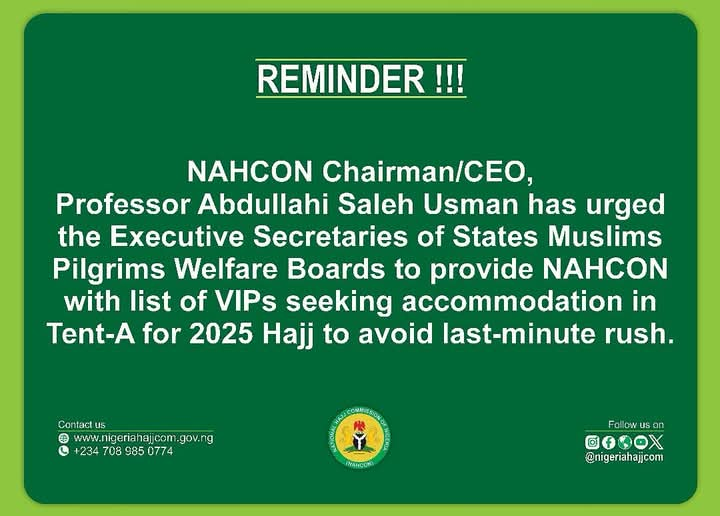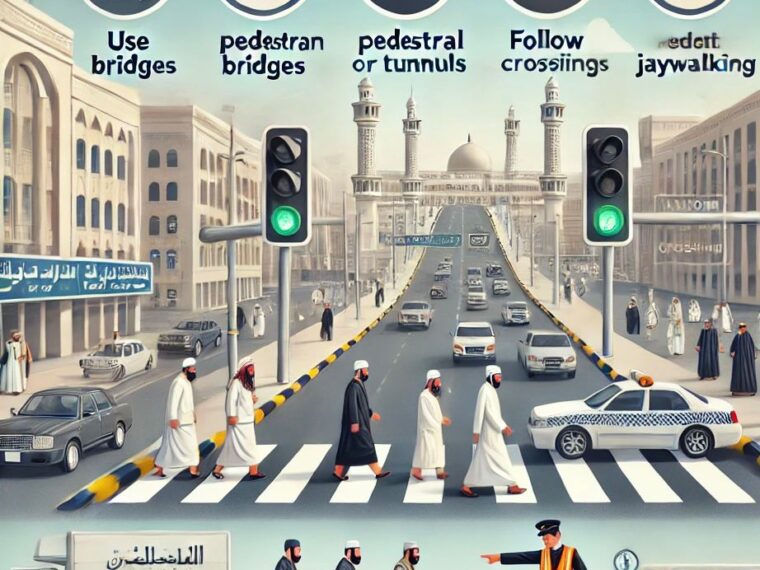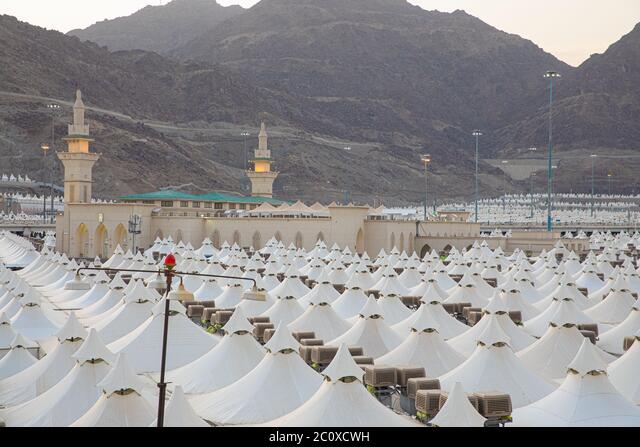![]()
During Hajj and Umrah, millions of pilgrims gather in Saudi Arabia, especially in Makkah and Madinah. This influx creates a significant need for traffic management to ensure safety for pedestrians and drivers alike. As a pilgrim, understanding and adhering to the local traffic rules and regulations is crucial for your safety and the smooth flow of movement. Below are the key guidelines for crossing roads in Saudi Arabia:
1. Use Designated Pedestrian Crossings
– Pedestrian Bridges and Tunnels. Saudi authorities have constructed bridges, underpasses, and tunnels in key areas (e.g., near Masjid Al-Haram and Mina) for safe pedestrian crossing. Always use these facilities instead of crossing the road directly.
– Zebra Crossings: Where provided, use zebra crossings and follow the traffic signals.

2. Obey Traffic Signals and Instructions
– Pay attention to pedestrian traffic lights and only cross when the signal indicates it is safe.
– Follow the instructions of traffic officers, especially during peak times like Tawaf, Sa’i, or after prayers, when crowds are dense.
– Do not attempt to cross when vehicles are approaching, even if other pedestrians are doing so.
3. Avoid Jaywalking
– Jaywalking (crossing roads in undesignated areas) is strictly prohibited in Saudi Arabia and considered a punishable offense.
– Hefty fines and warnings are imposed on those who fail to comply. Prioritize safety and always look for marked crossings.

4. Stay Alert
– Roads around Masjid Al-Haram and other holy sites can be busy with cars, buses, and motorcycles.
– Be cautious of vehicles turning corners or speeding. Drivers may not always notice pedestrians immediately, especially during crowded times.
5. Travel in Groups
– If you are crossing with fellow pilgrims, ensure everyone crosses together as a group to avoid separation. Group leaders should guide members to follow designated crossings and traffic signals.
6. Nighttime Visibility
– Many roads and crossings near pilgrimage areas are well-lit, but pilgrims should still exercise extra caution at night.
– Avoid wearing dark-colored clothing while crossing roads at night. Reflective materials or bright-colored clothing can improve visibility to drivers.
7. Heed the Role of Security Personnel
– Saudi police and traffic officers are stationed at strategic points to direct pedestrian and vehicle traffic. Always follow their instructions.
– Be respectful and cooperative to ensure smooth operations.
8. Avoid Rush Hours
– Peak traffic times typically coincide with prayer times, especially Fajr, Maghrib, and Isha prayers. Whenever possible, avoid crossing busy roads during these hours.
Consequences of Violating Traffic Rules
– Pilgrims who violate traffic regulations may face penalties, including fines or legal action.
– Jaywalking or ignoring pedestrian crossings may lead to accidents, causing harm to yourself and others.
The Saudi government has made extensive efforts to ensure the safety of all pilgrims during Hajj and Umrah. As a pilgrim, you are not only responsible for your own safety but also for maintaining the sanctity and peace of the holy sites. By following these rules and guidelines, you contribute to a safer, smoother experience for yourself and your fellow pilgrims.
Remember: Safety is an act of worship. Crossing the road responsibly is a simple yet essential way to ensure your pilgrimage is conducted in a secure and dignified manner.
To read more on road safety measures, visit Saudi Ministry of Hajj and Umrah official website.
*Abdulbasit Abba writes from Information and Publications Division (NAHCON)





